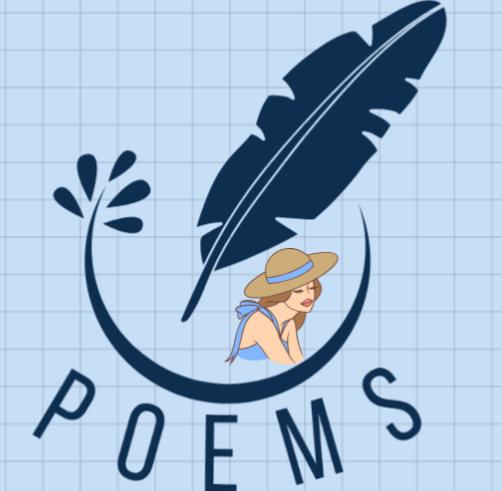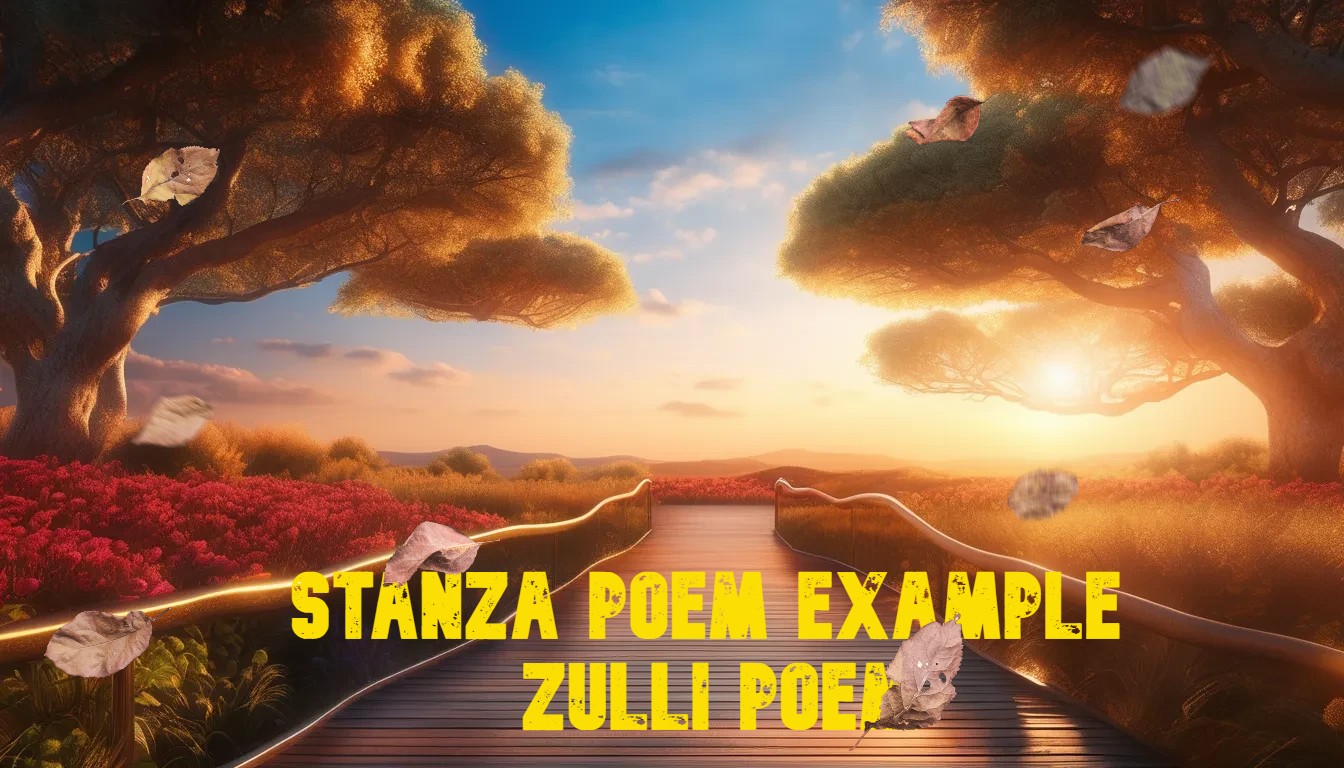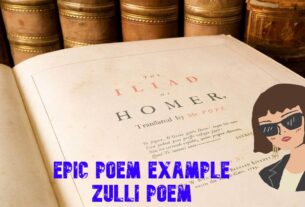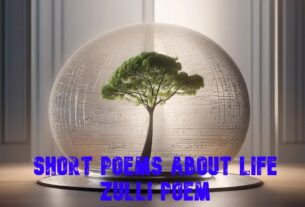Poetry has always been a unique form of expression, capturing thoughts and emotions in ways prose simply can’t. Central to its structure is the stanza, a crucial element that breathes rhythm and melody into poetic form. Just like the glue that holds a beautiful mosaic together, stanzas serve as the foundational units of a poem, weaving together themes and insights to create something truly special.
What is a Stanza?
In the poetic world, a stanza is akin to a paragraph in prose. It is a grouped set of lines within a poem, usually separated by a blank line or indentation. Stanzas work to unify the poem’s message, creating space to explore themes, emotions, or imagery. They can create a pattern, build tension, or provide relief—all through the magic of their arrangement.
A stanza’s significance lies not only in its ability to structure a poem but also in its power to shape meaning and emotion. Without stanzas, poetry might lack the cadence and structure that allow readers to immerse themselves fully in a poet’s universe.
Learn more about stanza examples and their use in poetry on YourDictionary.
Breaking Down the Structure

Think of stanzas as the heartbeats of a poem. Just like paragraphs help organize prose, stanzas segment the poem into digestible pieces without breaking the flow. This rhythmic segmentation can vary in length and form, providing poets with flexibility to convey their narrative effectively.
The beauty lies in the diversity of stanza forms. From the simplicity of a couplet to the complexity of a sestina, each form allows poets to experiment and provoke thought in distinct ways.
For an in-depth look at standard types of stanzas in poetry, Owlcat provides a helpful guide.
Common Types of Stanzas
- Couplet: A two-line stanza, often rhymed.
- Tercet: A three-line stanza with varied rhyme schemes.
- Quatrain: A four-line stanza, the most popular form in English poetry.
- Quintet, Sestet, Septet: Five, six, and seven-line stanzas, respectively.
Each type has its unique character and rhythm, allowing poets to select the ideal structure for their creative expression.
Famous Stanza Examples
Couplets in Action
William Shakespeare masterfully employed couplets in his works. Take the ending couplet of Sonnet 18:
“So long as men can breathe or eyes can see,
So long lives this, and this gives life to thee.”
This couplet encapsulates the essence of the entire sonnet, providing a powerful affirmation of love’s immortality with a concise, two-line punch.
Tercets and Their Rhythm
Consider the poem “One Art” by Elizabeth Bishop. The use of tercets in this villanelle imparts a rhythmic flow and builds a crescendo of emotion. Through repeating lines, the poet manages to balance the personal and universal sense of loss.
Discover more about the tercet stanza and its impact on poetry at BBC Maestro.
Quatrains in Popular Poems
Robert Frost’s “Stopping by Woods on a Snowy Evening” is often celebrated for its use of quatrains:
“The woods are lovely, dark and deep,
But I have promises to keep,
And miles to go before I sleep,
And miles to go before I sleep.”
This repetition resonates with the reader, emphasizing the poem’s contemplative nature and underlying obligations.
How to Write Stanzas
Writing stanzas is a bit like composing a piece of music. You have the notes—the words—but arranging them in stanzas creates the melody.
Choosing Your Stanza Form
Selecting the right stanza form starts with understanding your poem’s message. A couplet might serve a bold declaration well, while a quatrain could explore more complex ideas. Experimentation is key.
Experimenting with Structure
Don’t shy away from trying unconventional stanza forms or mixing different styles. Break the mold and allow your creativity to flow like an artist selecting colors on a palette. The structure can evolve as your poem develops, so let your intuition guide you.
Consider taking advice from MasterClass on choosing and experimenting with stanza forms.
Related Poems for Kids in English: A Journey into Imagination
Conclusion
Stanzas are more than just structural components—they are the soul of a poem, guiding its rhythm and nurturing its themes. Whether you’re a seasoned poet or a budding writer, embracing the versatility and richness that stanzas provide will empower you to craft poems that speak the language of the heart.
Let’s celebrate the creativity and freedom that stanzas offer, and who knows? You might just pen the next unforgettable poem that touches hearts and ignites minds.
People also search for
Short stanza poem example
1 stanza poem example
Stanza poem examples for students
Stanza poem example pdf




